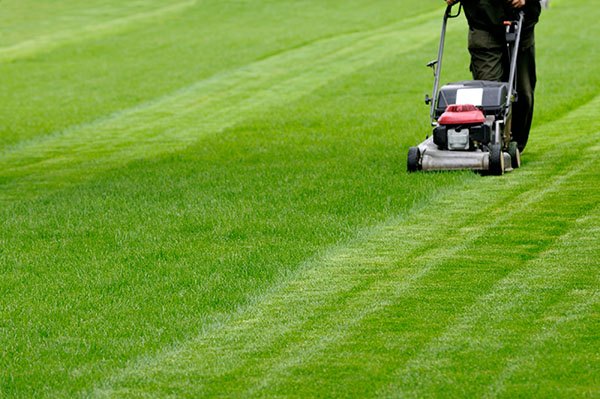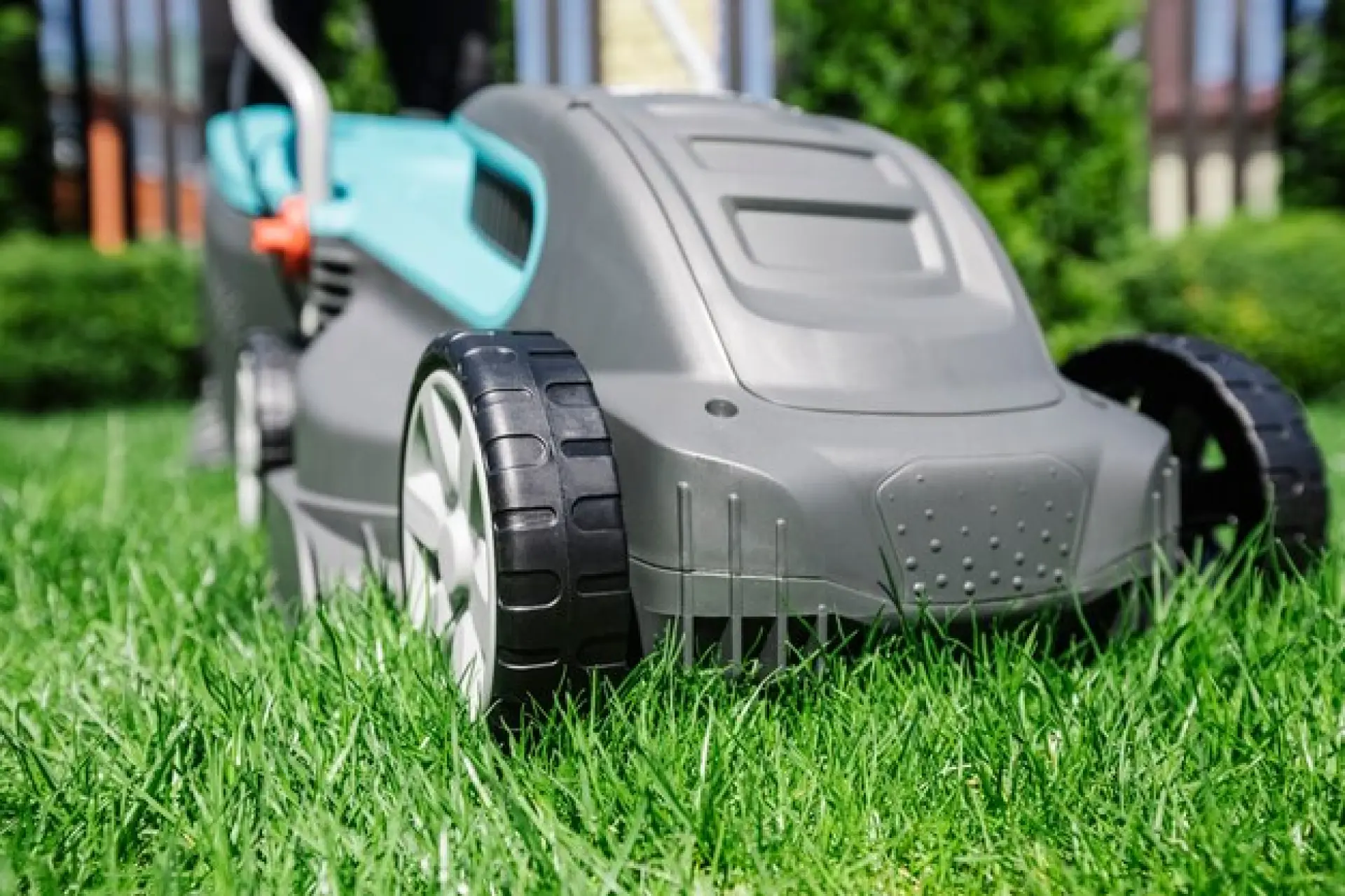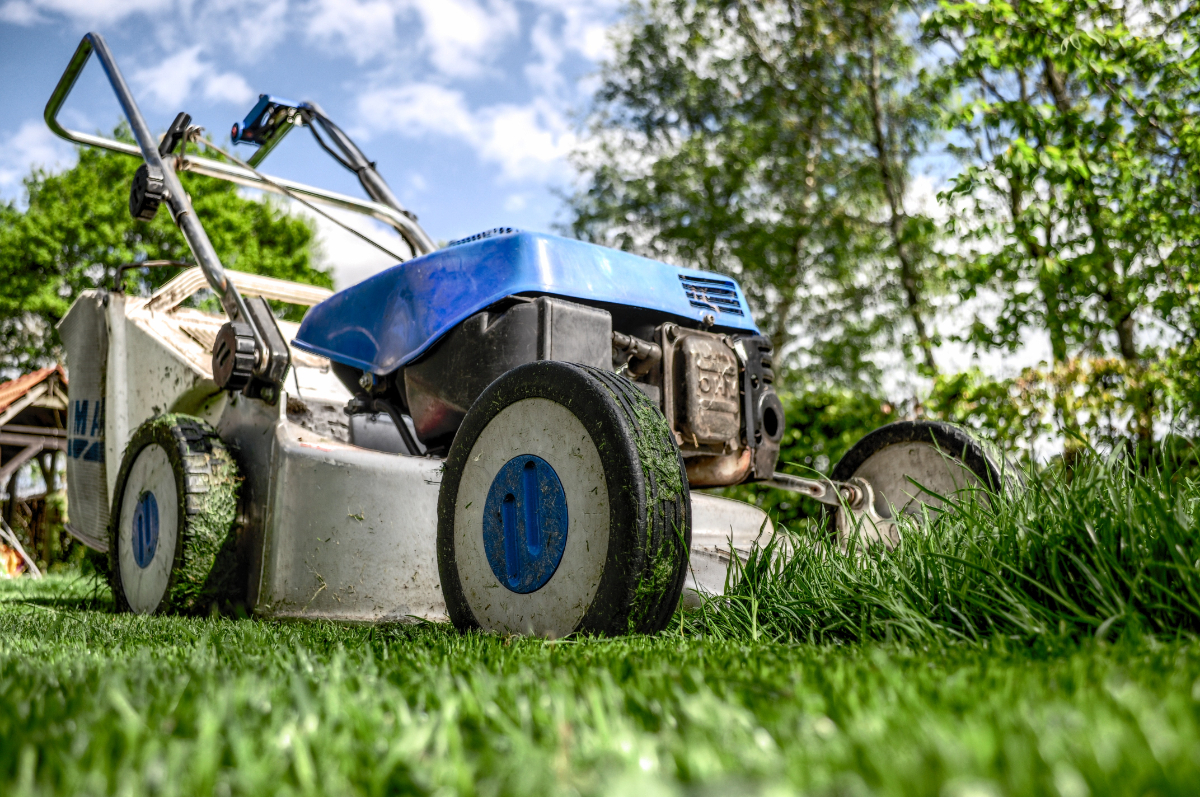Discover how often should you mow your lawn to maintain its health and appearance. Let us guide you in understanding the factors influencing mowing frequency.
Factors That Affect Mowing Frequency
Several factors determine how often you should mow your lawn. Grass type plays a key role, as cool-season grasses like fescue and rye grow at different rates than warm-season varieties like Bermuda or zoysia.
Weather conditions also influence growth—lawns grow faster in warm, wet conditions and slow down in dry or cold periods. Soil health and fertilisation impact grass growth, with well-fed lawns requiring more frequent mowing.
Additionally, the lawn's intended use matters; high-traffic areas may need shorter grass for durability, while ornamental lawns can be left slightly longer. Lastly, mowing height preferences affect frequency—keeping grass shorter requires more regular cutting compared to letting it grow taller for a natural look.
The One-Third Rule: How Much to Cut at a Time
Following the one-third rule is essential for lawn health. This rule states that you should never cut more than one-third of the grass blade's height at once.
Removing too much at once can shock the grass, weakening the roots and making it more prone to stress, pests, and diseases. Gradual cutting encourages strong root development and improves drought resistance.
For example, if your lawn is kept at 6cm, you should mow when it reaches around 9cm to maintain healthy growth. Ignoring this rule and scalping the grass too short can lead to bare patches and weed invasion. By sticking to the one-third rule, you promote thicker, healthier turf that recovers quickly and remains lush throughout the year.

Cutting too much off at once can also cause long-term damage by reducing the lawn’s ability to photosynthesise effectively. Grass blades act like solar panels, capturing sunlight and converting it into energy for growth.
When too much is removed in one go, the plant struggles to produce enough energy to maintain strong roots and recover from environmental stressors such as heat, drought, or heavy foot traffic.
This can result in weak, shallow roots, making the lawn more vulnerable to weed infestations and dry conditions.
Additionally, excessive cutting can lead to an increase in thatch buildup—a layer of dead grass and organic material that prevents water and nutrients from reaching the soil.
A well-maintained lawn benefits from frequent, light trims that keep it growing steadily without unnecessary stress. By mowing correctly and following the one-third rule, you help create a balanced, self-sustaining lawn that stays green, thick, and resilient all year round.
Mowing Schedule for Different Seasons
The frequency of mowing changes throughout the year. In spring, grass grows rapidly due to warm temperatures and increased rainfall, requiring mowing every 5-7 days.
During summer, mowing frequency depends on heat and drought conditions—once a week is usually sufficient, but during dry spells, mowing should be reduced to avoid stressing the grass. In autumn, growth slows, so mowing every 10-14 days is often enough.
Winter mowing is usually unnecessary unless temperatures remain mild and growth continues; in such cases, an occasional light trim can help maintain a neat appearance. Adjusting your mowing schedule based on seasonal growth patterns ensures your lawn remains healthy without unnecessary stress.
Signs You Are Mowing Too Often or Too Little
Mowing too often can weaken your lawn, making it more susceptible to drought and disease. If your grass appears thin, discoloured, or shows signs of stress like brown tips, you may be cutting it too frequently.
Over-mowing can also prevent deep root growth, leading to a weaker lawn. On the other hand, mowing too infrequently allows grass to grow too long, causing it to become patchy and uneven. Long grass can also encourage pests and weeds to thrive. If you notice your lawn looking untidy, developing thatch, or struggling to recover after cutting, it may be time to adjust your mowing schedule for better results.

An unhealthy mowing schedule can also affect the overall appearance and resilience of your lawn. If you mow too often, the grass is in a constant state of stress, leaving it unable to store essential nutrients for growth.
This can make it more prone to fungal diseases, especially if the lawn remains damp due to excessive watering or high humidity.
Over-mowing can also compact the soil, reducing airflow and preventing moisture and nutrients from penetrating the roots.
On the other hand, mowing too infrequently can lead to an overgrown lawn that blocks sunlight from reaching the lower blades, causing weak, yellowing patches.
Overgrown grass is also harder to mow efficiently, leading to an uneven cut that makes the lawn look unkempt. Finding the right balance is key—regular mowing keeps your lawn healthy, encourages thick growth, and prevents the invasion of weeds and pests.
Observing your lawn’s health and making necessary adjustments will help maintain its lush, vibrant appearance throughout the year.
Best Practices for Lawn Health
To keep your lawn in peak condition, follow best mowing practices. Always use a sharp mower blade to create clean cuts that heal quickly, reducing disease risk. Mow when the grass is dry to prevent clumping and uneven cuts.
Change your mowing direction each time to prevent soil compaction and promote upright growth. Leave grass clippings on the lawn when possible, as they return nutrients to the soil.
Avoid mowing during extreme heat, as this can stress the grass. Finally, ensure your mower is set to the correct height for your grass type, maintaining optimal growth conditions. These simple practices help create a strong, healthy lawn year-round.
Our garden machinery services are here to help you maintain your garden.
Are you looking for ride-on lawnmowers for sale in Northampton? Get in touch today! We are the premium provider of lawnmowers and ride on mowers in Northamptonshire.

